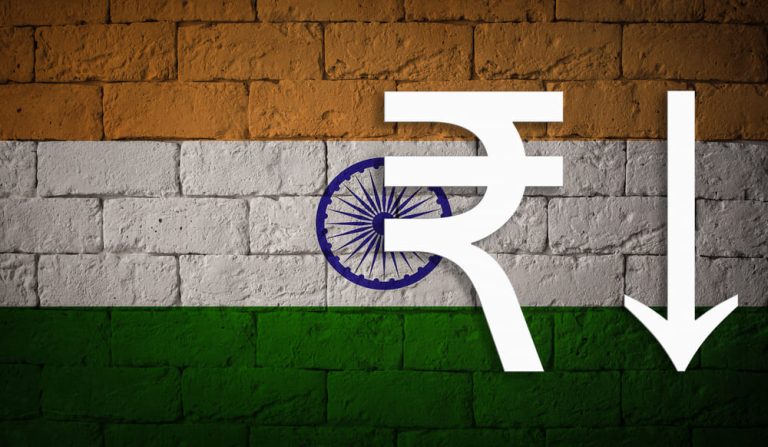Nepal’s Ambassador to India, Shankar P Sharma, has called for deeper economic cooperation between Nepal and India, emphasizing the need to move beyond temporary disagreements. He highlighted shared cultural and spiritual ties, saying that both countries should focus on long-term collaboration rather than short-term issues.
His comments come ahead of a possible meeting between Nepal’s Prime Minister KP Sharma Oli and India’s Prime Minister Narendra Modi at the BIMSTEC Summit in Bangkok on Friday. If it happens, this will be their second meeting at a multilateral event in less than a year, following their talks in New York last September.
Speaking at a seminar in New Delhi on the future of Nepal-India relations, organized by the Centre for Integrated and Holistic Studies, Sharma said that cultural and religious connections run deep between the two nations. “More than a million people from Nepal participated in the Maha Kumbh in India recently. Many Indians visit Nepal’s Pashupatinath Temple, while Nepalese people visit Gaya and undertake the Char Dham Yatra. This shows that we have a shared history and social connection,” he said.
Addressing Challenges in Bilateral Relations
While emphasizing strong ties, Sharma also acknowledged the existing challenges, including border disputes and river flooding issues. “Neighboring countries naturally have some differences, but we should concentrate on economic integration,” he said.
Flooding has long been a contentious issue, with both sides blaming each other. Many in India believe Nepal’s rivers cause flooding in Indian territories, while Nepalese citizens in the Terai region blame Indian road construction for worsening floods. Sharma stressed the need for both countries to address these concerns through dialogue and cooperation.
Another major challenge is the ongoing border dispute involving a 372-square-kilometer area that includes Limpiadhura, Lipulekh, and Kalapani at the India-Nepal-China trijunction in Uttarakhand’s Pithoragarh district. Indian authorities have stated that such issues should be resolved through discussions. Sharma echoed this sentiment, saying dialogue is the best way forward.
Stronger Economic Relations as a Solution
Despite political and geographical challenges, economic cooperation between Nepal and India remains strong. Sharma pointed out that two-thirds of Nepal’s trade is already with India, and India is one of Nepal’s biggest trade partners. “Over 35% of our total investment comes from India, and it has been increasing. Our currency is pegged with the Indian currency, which shows how closely integrated our economies are,” he said.
However, Nepal faces a trade deficit with India, currently estimated at $8 billion. Sharma stressed the need to reduce this gap by increasing Nepal’s exports. He also spoke about the growing collaboration in hydroelectricity, which has become a crucial part of Nepal-India economic ties.
During the summer, Nepal exports up to 1,000 megawatts of electricity to India out of the 3,200 megawatts it produces. This trade benefits both countries, as Nepal earns revenue while India gains a reliable energy source. Sharma called for further development in hydropower and increased cooperation in renewable energy projects.
Tourism and Cultural Connections
Tourism is another important area where Nepal and India share strong ties. India is currently the largest source of tourists visiting Nepal, making up 30% of the 1.5 million visitors the country received last year. Sharma noted that while Nepal has significant tourism potential, it still needs to improve infrastructure and develop its tourism products.
Both nations have been working on strengthening tourism links through the Ramayana and Buddhist circuits. The Ramayana circuit focuses on religious sites connected to the Hindu epic, while the Buddhist circuit highlights locations significant to the life of Buddha. Sharma stressed that further collaboration in this sector would boost tourism for both countries.
Political Climate and Future Outlook
Oli’s possible meeting with Modi comes at a time when Nepal is witnessing growing protests from pro-monarchy groups. These groups have been pushing for a return to Nepal’s past monarchical system. While the current government remains committed to democracy, the political atmosphere in Nepal is evolving, and relations with India remain a key factor in shaping Nepal’s future policies.
Sharma’s remarks reflect a broader push to strengthen Nepal-India ties beyond momentary disputes. He believes that economic cooperation, cultural ties, and diplomatic dialogue will help both nations build a more stable and prosperous relationship.
As Nepal and India navigate their complex relationship, the focus remains on mutual benefits and long-term cooperation. The upcoming BIMSTEC Summit may provide an opportunity for both leaders to reaffirm their commitment to economic and diplomatic progress.


